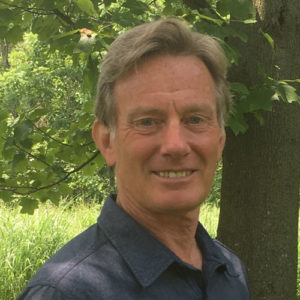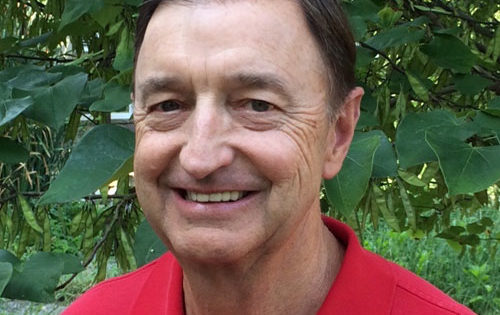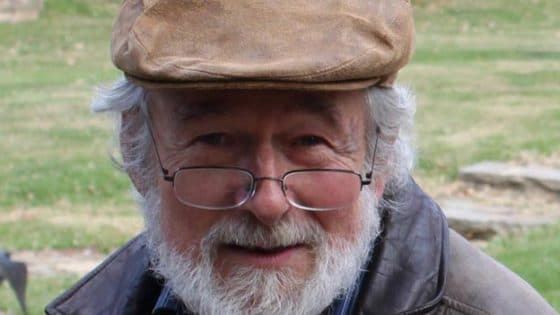 Research Scientist Emeritus
Research Scientist Emeritus
- Affiliate Faculty, Delaware Environmental Institute, University of Delaware
Contact
lakaplan@stroudcenter.org
970 Spencer Road, Avondale, PA 19311
Interests and Expertise
Dissolved organic matter biogeochemistry, aquatic microbial ecology, and nutrient cycling.
Education
- Ph.D., Biology (Limnology), University of Pennsylvania, Philadelphia, Pennsylvania.
- M.S., Ecology, University of California, Davis, California.
- B.A., Environmental Sciences, Franklin and Marshall College, Lancaster, Pennsylvania.
Professional Experience
- Research Scientist Emeritus, Stroud Water Research Center, 2018–present.
- Director, Ecosystem Science Cluster, Division of Environmental Science, National Science Foundation, 2015–2018.
- Senior Research Scientist, Stroud Water Research Center, 1999–2017.
- Curator, Division of Environmental Research, Stroud Water Research Center, Academy of Natural Sciences of Philadelphia, 1996–1999.
- Assistant Curator, Division of Environmental Research, Stroud Water Research Center, Academy of Natural Sciences of Philadelphia, 1988–1992.
- Research Associate, Division of Environmental Research, Stroud Water Research Center, Academy of Natural Sciences of Philadelphia, 1980–1988.
- Post Graduate Research Scientist III, University of California, Davis, California, 1974–1975.
Publications
Uptake of nutrients and organic C in streams in New York City drinking-water-supply watersheds
Newbold, J.D., T.L. Bott, L.A. Kaplan, C.L. Dow, J.K. Jackson, A.K. Aufdenkampe, L.A. Martin, D.J. Van Horn, and A.A. Long. 2006. Journal of the North American Benthological Society 25(4):998–1017.
Bott, T.L., D.S. Montgomery, J.D. Newbold, D.B. Arscott, C.L. Dow, A.K. Aufdenkampe, J.K. Jackson, and L.A. Kaplan. 2006. Journal of the North American Benthological Society 25(4):1018–1044.
Enhanced source-water monitoring for New York City: summary and perspective
Sweeney, B.W., D.B. Arscott, C.L. Dow, J.G. Blaine, A.K. Aufdenkampe, T.L. Bott, J.K. Jackson, L.A. Kaplan, and J.D. Newbold. 2006. Journal of the North American Benthological Society 25(4):1062–1067.
Kim, S., L.A. Kaplan, and P.G. Hatcher. 2006. Limnology and Oceanography 51:1054–1063.
Sweeney, B.W., et al. 2006. Moore Foundation Peru Project Final Report. Stroud Water Research Center, Avondale, Pennsylvania.
See all publications by Stroud Center authors
Related News
Water Quality and Stream Health in Eastern Pennsylvania: 40 Years of Progress
This project compares the current state of 11 Bucks County, Pennsylvania streams with data collected from 1968-1971, before the Clean Water Act went into effect. Research comparisons will document whether
UpStream Newsletter, Spring 2010
Yellowstone Lake is the subject of exciting research by Jinjun Kan, the microbial ecologist who will join the Stroud Water Research Center in the spring.
Effects of Drilling For Natural Gas
November 8, 2009. Rodale News: Stroud Center scientist Louis Kaplan, Ph.D. was interviewed about the effects of drilling for natural gas on freshwater systems.
UpStream Newsletter, Fall 2009
The Stroud Center and the University of Delaware will study whether human-induced erosion modifies greenhouse gas emissions from the landscape.
Critical Zone Observatory Seeks to Answer Climate Change Questions
Project aims to determine how soil erosion and sediment transport through rivers impact carbon exchange between land and atmosphere, and affect climate.
Using a Bioassay to Measure the Potential Of Polymer Solutions To Support Bacterial Growth
We inoculated test solutions of 15 different polymers used in water treatment with two species of bacteria known to grow on a wide variety of molecules. We then measured the



